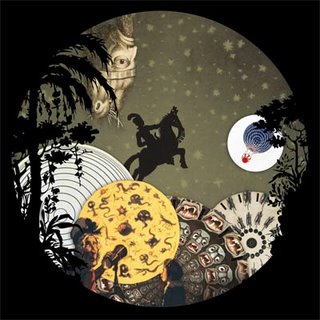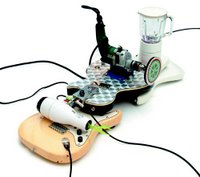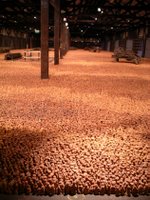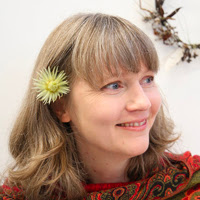
(An entirely subjective review)
The use of the artist's studio as an exhibition space and museum devoted to their life and work is an interesting development in the modern gallery system. I first encountered this in Dublin where Francis Bacon's studio has been recreated piece by piece in all it's messy overwhelming detail. His claustrophobic studio is like a complete archeological dig of his life and paintings. There is something quite odd about the idea of it being packed up and shipped to Dublin and them reassembled piece by piece. The rather good DVD playing in the Brett Whitely studio showed him painting two portraits of Francis Bacon. In contrast to Francis Bacon's studio Brett Whiteley's Surry Hills studio is spacious and represents for me something close to an ideal creative space with large ceilings and plenty of room to both create and exhibit works. (one day maybe... sigh)
I find these sorts of spaces quite fascinating, offering perhaps a slightly voyeuristic look in an artist's life. Of particular interest to me were the artist's sketchbooks which have been photocopied and are available for perusal. Sometimes these can be quite personal, I couldn't help thinking about what I write and draw in my own sketchbooks and wondered how I would feel about having them available for public display - sometimes they are part diary and I had the uncomfortable notion that I'd prefer them to remain private. (Still - am not a famous controversial artist so the danger of this scenario is very unlikely and distant). Brett Whiteley's sketchbooks were full of portraits and landscapes, and the occasional female nude polaroid. The portraits are fantastic. I found the drawings of landscapes and portraits the most appealing parts of his work.
The influence of Zen brush painting was prevalent in his works. I recently visited an excellent exhibition of Zen painting at the Art Gallery of New South Wales which coincided nicely with previous investigations into Zen whilst in Auckland. Other engagement with painting tradition such as the influence of Surrealism, Expressionism and echoes of Matisse were also evident throughout Brett Whiteley's work. Some of the collage elements appealed, but I did not find all were equally successful. In some cases the quality of the materials seemed to let down the works a bit and the house paints I spotted lurking in his studio area did not help allay this impression. I'm a bit of a stickler for using quality materials and pigment-starved paints that peel off over time do not appeal.
I was happy to see a pile of National Geographic magazines being somewhat partial to them myself as a source of information and inspiration. Local birds and landscapes recur frequently in his work, these lyrical and visions contrast with some of the more disturbed, addiction influenced paintings. Upstairs a bronze pelican caught my eye but in general I found the drawings and paintings more compelling than the sculptures dotted around the studio space. I also particularly liked the story of coming across a book of Van Gogh's work at the age of 13 and how it completely changed his way of seeing. A visit to the Van Gogh museum in Amsterdam is a personal highlight for me so couldn't help but be impressed by the centrality of this artist to his practice. Finally, the quotes written on the wall upstairs are great. Some examples:
Morality=Tumor
Anything becomes interesting if you look at it long enough - Flaubert
Oysters Think
Painting is an argument between what it looks like and what it means





